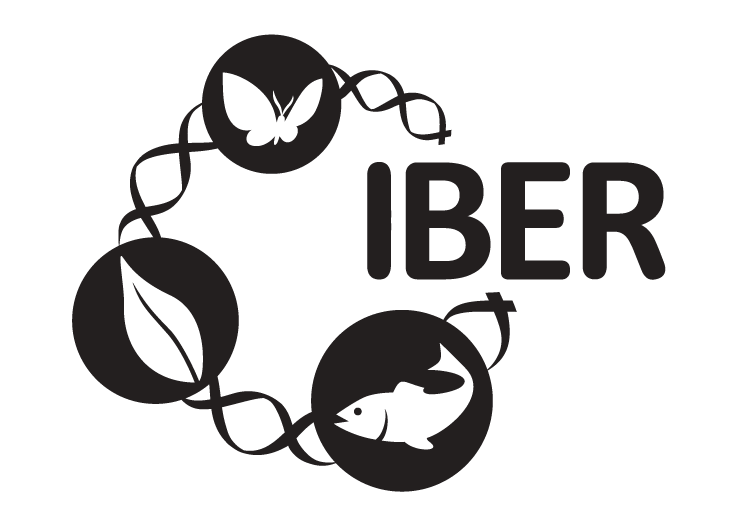In the database, information is not only provided in text format, but also in the form of “fuzzy codes”. Our intention by providing this download option is to facilitate trait-based approaches to a variety of users. The coded traits per species matrix (or Q table) can be downloaded and directly imported into R (R Core Team 2021) or other appropriate software.
The fuzzy coding procedure indicates to which extent a taxon exhibits each trait category (Chevenet et al. 1994). It has the advantage that it enables us to analyze diverse kinds of biological information derived from a variety of sources, and that also intermediate scenarios (i.e. when a taxon does not clearly fall into one category or the other) can be accounted for (Chevenet et al. 1994). Although several coding schemes are found in literature, we use the 0–3 coding scheme as it is the most widely used (which facilitates comparisons and exchange of trait information), and provides a compromise between binary codes and many not clearly delineated graduations (Degen et al. 2018).
Explanation of fuzzy codes
| 3 | Taxon has total and exclusive affinity for a certain trait category. |
| 2 | Taxon has a high affinity for a certain trait category, but other categories can occur with equal (2) or lower (1) affinity. |
| 1 | Taxon has a low affinity for a certain trait category. |
| 0 | Taxon has no affinity for a certain trait category. |
Two coding examples for the trait “Feeding mode” which has seven trait categories (FEED_M_01 – FEED_M_07): Species 1 is a surface deposit feeder, but can facultatively switch to suspension feeding, while species 2 is an exclusive suspension feeder.
| Feeding mode (FEED_M) | Species 1 | Species 2 | |
| Grazer/browser | FEED_M_01 | 0 | 0 |
| Surface deposit feeder | FEED_M_02 | 2 | 0 |
| Subsurface deposit feeder | FEED_M_03 | 0 | 0 |
| Filter/suspension feeder | FEED_M_04 | 1 | 3 |
| Predator | FEED_M_05 | 0 | 0 |
| Scavenger | FEED_M_06 | 0 | 0 |
| Parasitic | FEED_M_07 | 0 | 0 |
This is how the above example would appear in the downloaded matrix. In the download matrix format species are rows, trait categories are columns, and the fuzzy codes are the values.
| FEED_M_01 | FEED_M_02 | FEED_M_03 | FEED_M_04 | FEED_M_05 | FEED_M_06 | FEED_M_07 | |
| Species 1 | 0 | 2 | 0 | 1 | 0 | 0 | 0 |
| Species 2 | 0 | 0 | 0 | 3 | 0 | 0 | 0 |
For further reading on trait-based approaches in marine community ecology we recommend Beauchard et al. (2017) and Degen et al. (2018), the latter placing emphasis on the polar regions.
References
- Beauchard, O., Veríssimo, H., Queirós, A.M., Herman, P.M.J., 2017. The use of multiple biological traits in marine community ecology and its potential in ecological indicator development. Ecol. Indic. doi:10.1016/j.ecolind.2017.01.011
- Chevenet, F., Dolédec, S., Chessel, D., 1994. A fuzzy coding approach for the analysis of long-term ecological data. Freshw. Biol. 31, 295–309. doi:10.1111/j.1365-2427.1994.tb01742.x
- Degen, R., Aune, M., Bluhm, B.A., Cassidy, C., Kędra, M., Kraan, C., Vandepitte, L., Włodarska-Kowalczuk, M., Zhulay, I., Albano, P.G., Bremner, J., Grebmeier, J.M., Link, H., Morata, N., Nordström, M.C., Shojaei, M.G., Sutton, L., Zuschin, M., 2018. Trait-based approaches in rapidly changing ecosystems: A roadmap to the future polar oceans. Ecol. Indic. 91, 722–736. doi:10.1016/j.ecolind.2018.04.050
- R Core Team (2021). R: A language and environment for statistical computing. R Foundation for Statistical Computing, Vienna, Austria. http://www.R-project.org/.


